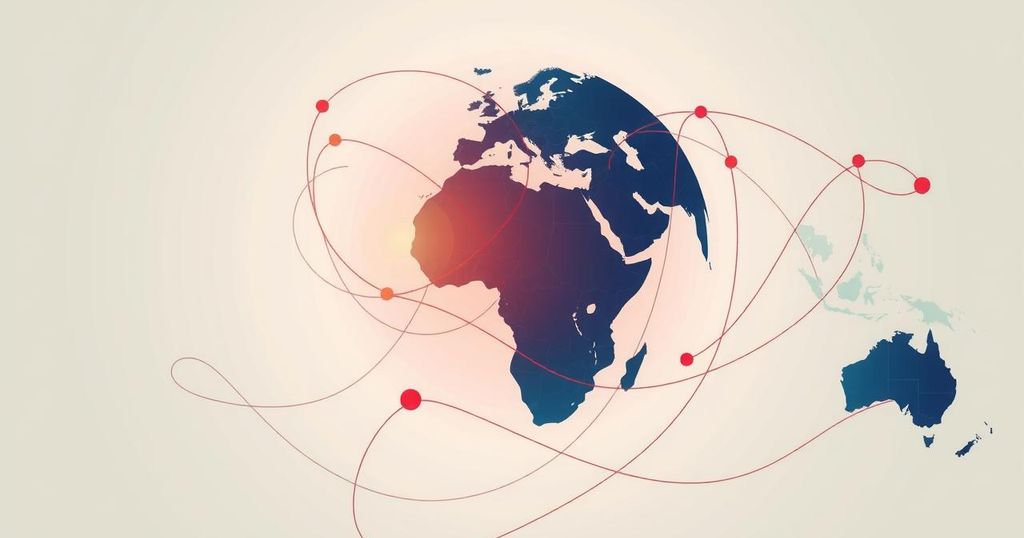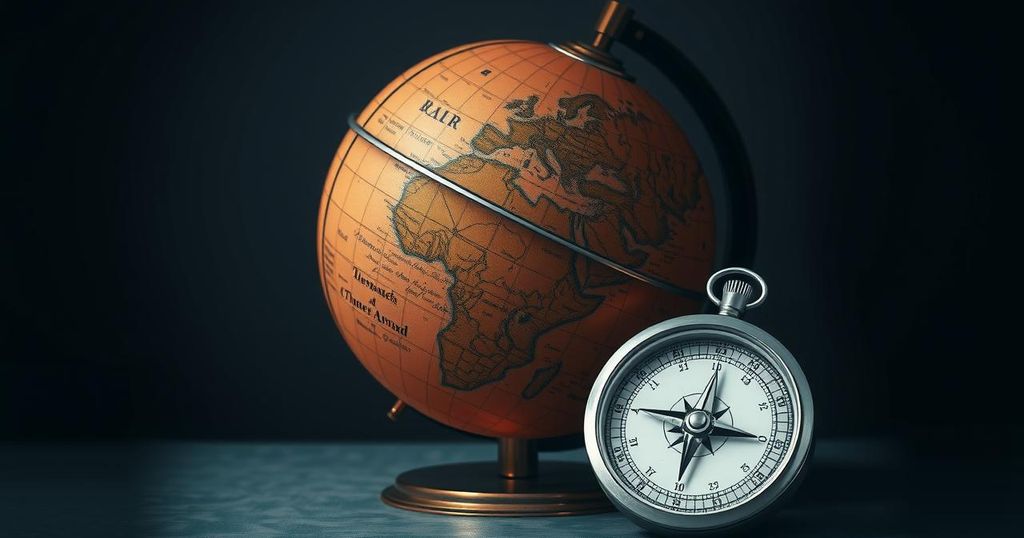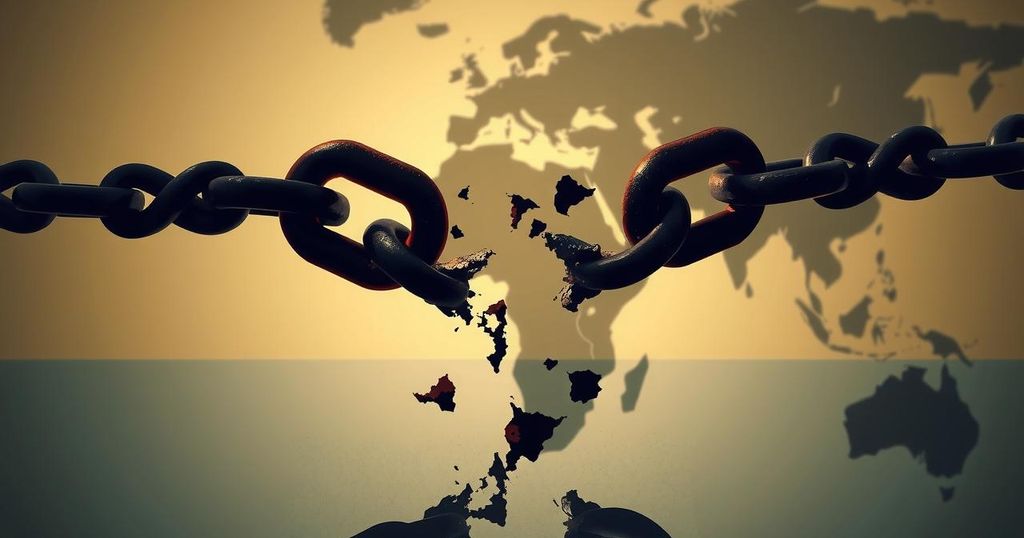Global Reactions to PM Modi’s Meeting with President Trump on Trade and Defense
PM Modi and President Trump met to discuss trade, tariffs, and defense, targeting a $500 billion trade goal by 2030. They expressed willingness to negotiate tariffs, though concerns about high import duties emerged. Key issues included defense ties, immigration, and oil imports, but sensitive human rights topics were sidestepped. Global media highlighted both the symbolic nature of the meeting and the lack of substantial outcomes.
During their recent meeting, Prime Minister Narendra Modi and President Donald Trump addressed trade relations, tariffs, and defense collaboration, aiming for a substantial trade target of $500 billion by 2030. The discussions indicated optimism for negotiations following Trump’s previous threats regarding tariffs, suggesting potential concessions from both parties.
President Trump, renowned for his negotiating skills, acknowledged PM Modi’s superior negotiation style, humorously remarking that Modi is a “much better negotiator.” Modi, in turn, cleverly referenced Trump’s “Make America Great Again” slogan, stating his commitment to “Make India Great Again.” This sentiment resonated throughout the media coverage following the meeting.
According to Reuters, the leaders set an ambitious goal of doubling bilateral trade. Their discussions encompassed critical industries like artificial intelligence, semiconductors, and strategic minerals. However, the Associated Press reported Trump’s discontent with India’s high import duties, which he deemed “very unfair,” reiterating his call for reciprocal tariffs.
The Financial Times discussed defense strategies, highlighting the U.S. intention to enhance military ties with India through the potential sale of F-35 fighter jets as part of a comprehensive 10-year defense cooperation plan, designed to counter China’s influence in the Indo-Pacific region.
Immigration issues emerged prominently, with Modi promising to repatriate Indian nationals illegally residing in the U.S., seeking joint initiatives to combat human trafficking. Nonetheless, both leaders consciously sidestepped sensitive topics such as minority rights, eliciting criticism from advocacy groups.
Bloomberg reported on India’s initiative to increase oil and gas imports from the U.S. to mitigate trade imbalances and prevent retaliatory tariffs. Indian Foreign Secretary Vikram Misri indicated that energy imports had reached approximately $15 billion and could escalate to $25 billion, which may help address the deficit.
The BBC characterized the meeting as largely symbolic, noting minimal progress on trade disputes, yet acknowledged the reaffirmation of strategic ties and shared geopolitical interests. Al Jazeera criticized the leaders for omitting discussions regarding human rights and democratic values.
According to AFP, the meeting fitted into a broader U.S. strategy aimed at countering China’s regional influence, albeit with limited immediate trade resolution outcomes. Meanwhile, ABC News conveyed domestic dissent in both nations, highlighting opposition critiques about the lack of substantial agreements and Modi’s outreach to the Indian diaspora during the visit.
CNN reported that Trump’s tariffs could adversely affect developing countries, particularly India. They cited World Bank data indicating that the U.S. average tariff on imports from India was significantly lower at 3%, while India imposed a considerably higher tariff of 9.5% on U.S. imports in 2022.
In summary, the meeting between PM Modi and President Trump focused on enhancing trade relations, military cooperation, and addressing immigration issues. While both leaders expressed optimism and highlighted their commitment to mutual goals, they avoided sensitive topics like human rights. The event, while viewed as a diplomatic success, drew criticism for not yielding concrete agreements amidst ongoing tariff tensions.
Original Source: www.hindustantimes.com








Post Comment